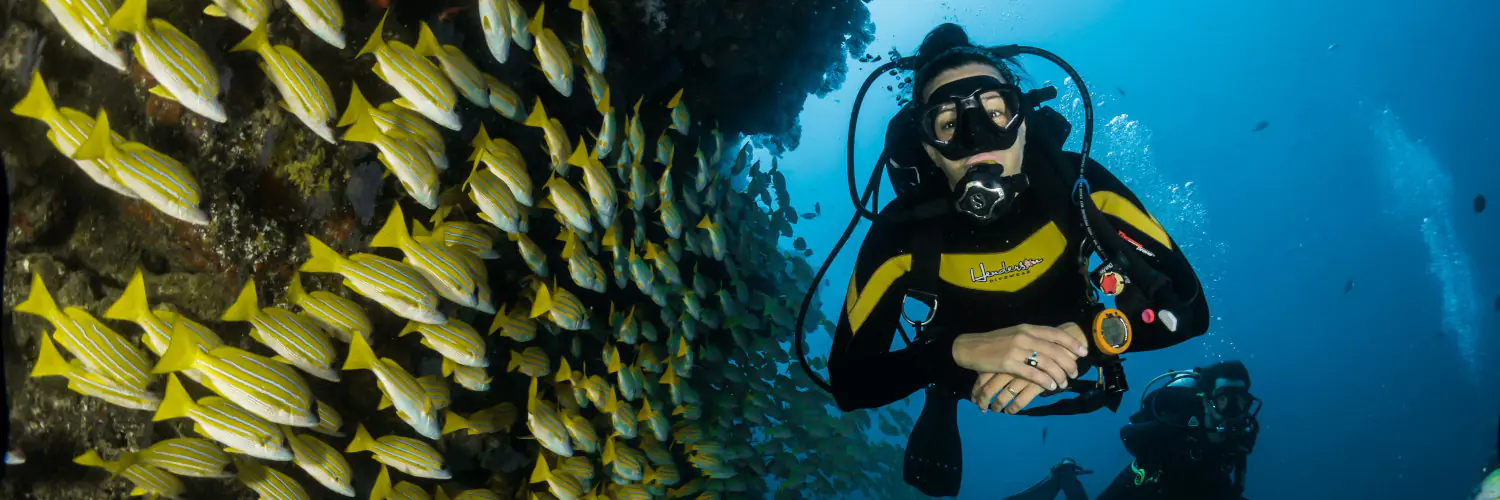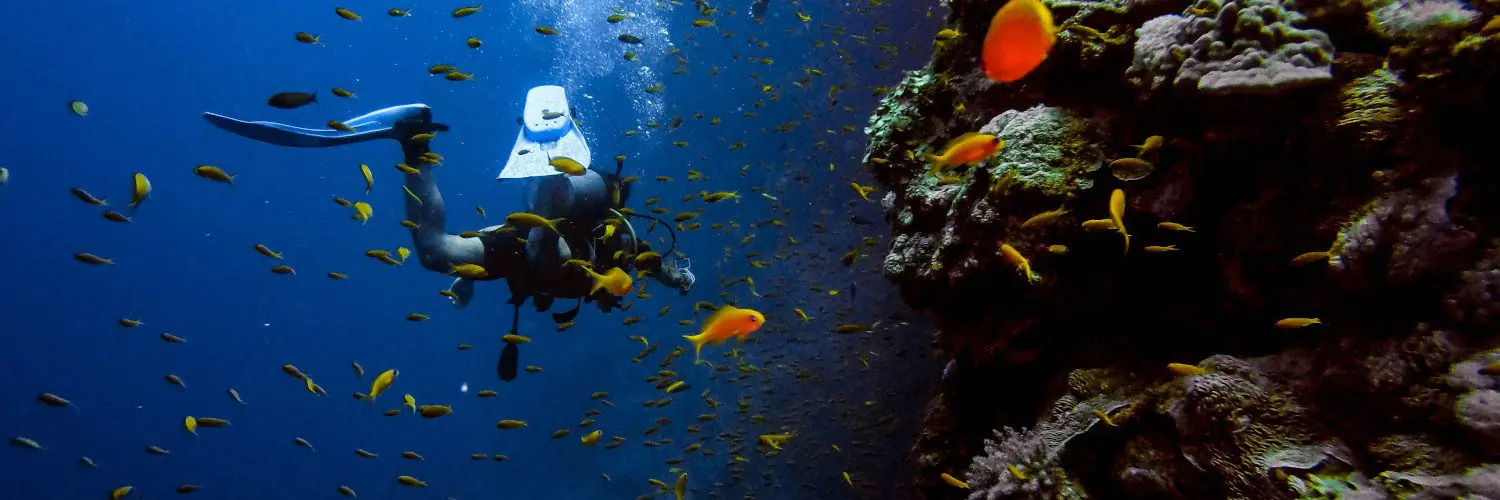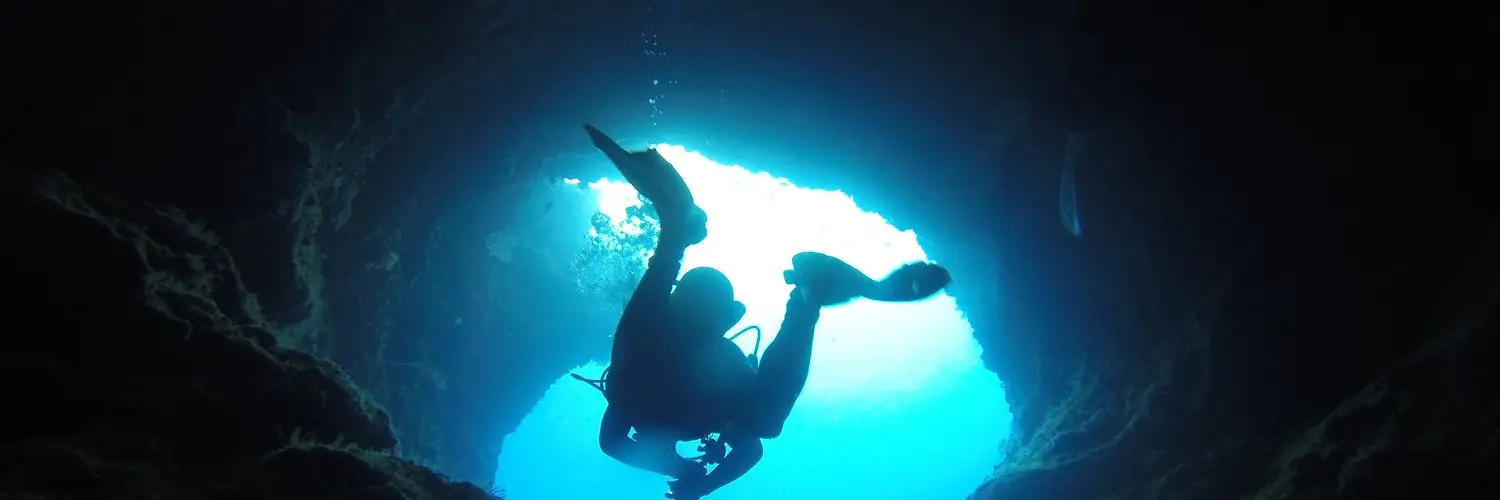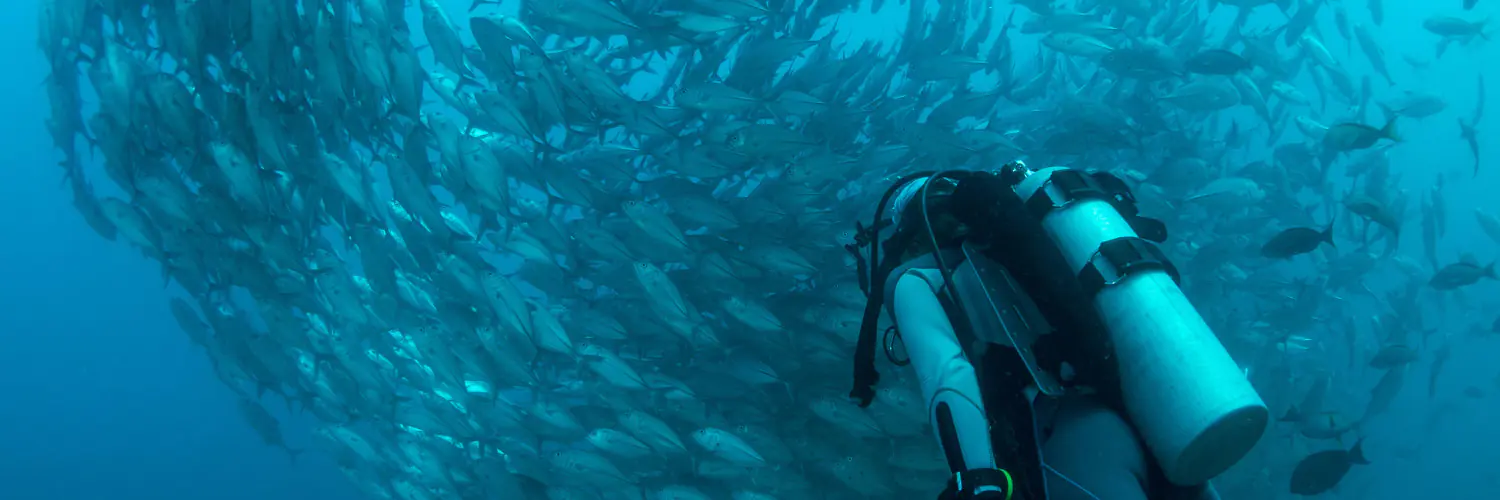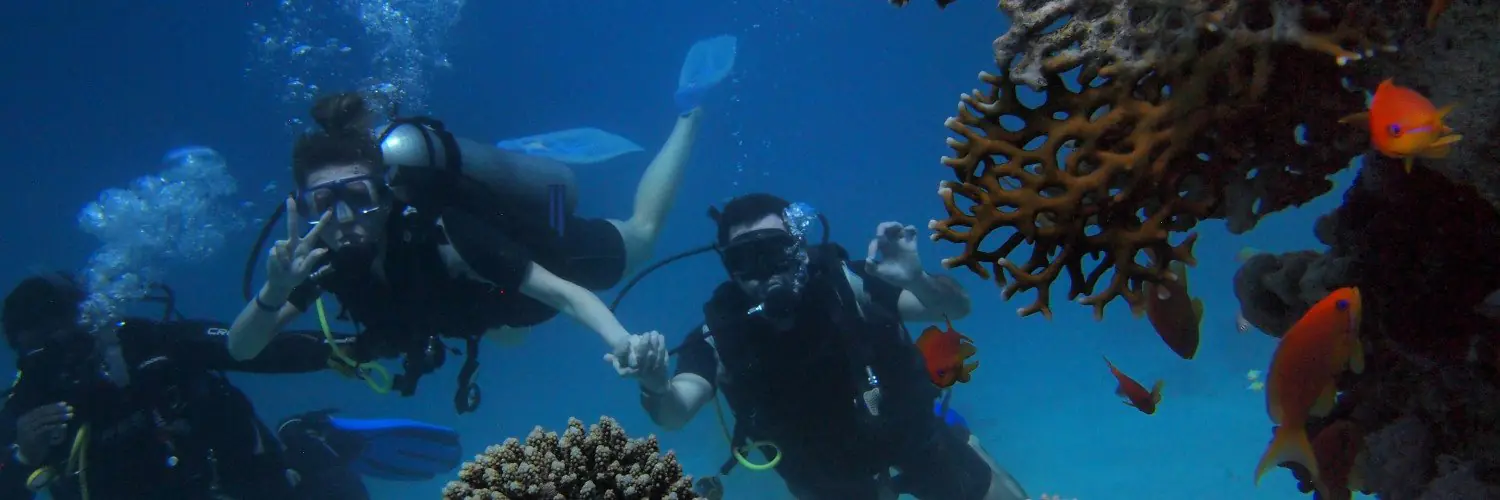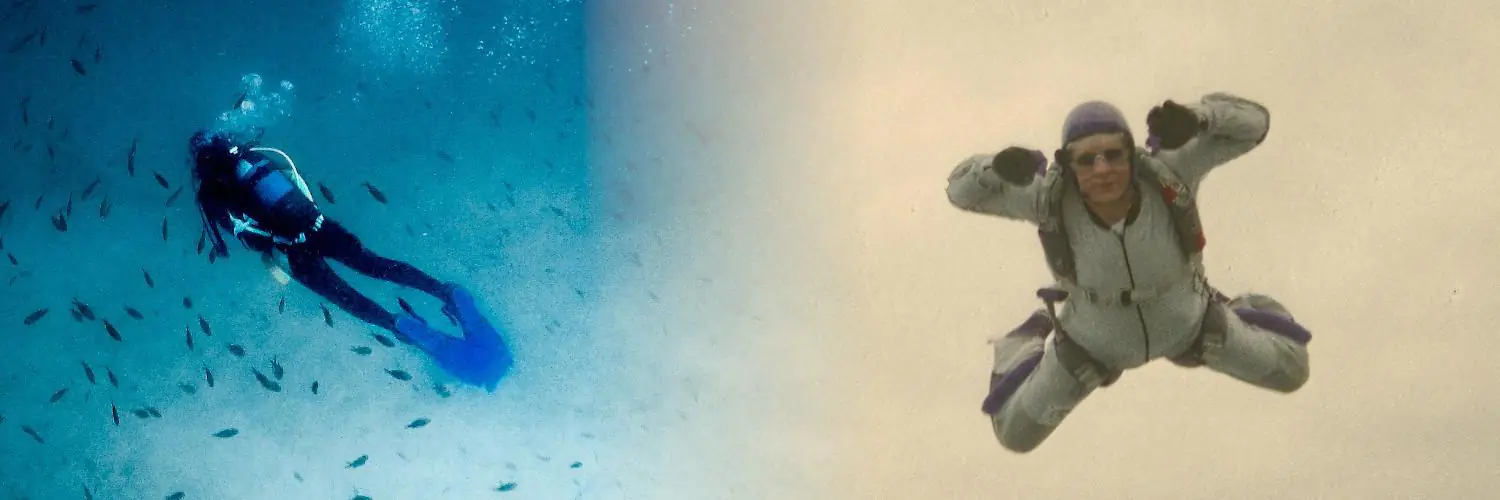A scuba decompression chamber, often known as a hyperbaric chamber, serves as a vital treatment facility for divers who suffer from decompression sickness, also referred to as “the bends.” This condition arises when divers ascend too rapidly, causing nitrogen bubbles to form in the bloodstream and tissues due to reduced pressure. The chamber is designed to recreate the high-pressure environment of deep waters. Within this controlled setting, divers breathe 100% oxygen, which assists in the dissolution of nitrogen bubbles and alleviates the symptoms of decompression sickness.
Hyperbaric chambers come in different types, namely monoplace and multiplace units. Monoplace chambers accommodate a single individual and are filled with pure oxygen, whereas multiplace chambers can treat multiple patients simultaneously. These larger chambers are pressurized with air, and individuals receive oxygen through a mask or clear hood. Such chambers are equipped with staff trained in hyperbaric medicine to manage and oversee the treatment.
Providing an immediate and effective means of care, hyperbaric chambers are an essential component of dive safety. The controlled pressurization allows a gradual reduction to surface pressure, permitting a diver’s body to safely eliminate inert gases. Through the optimization of pressure and oxygen levels during sessions in a hyperbaric chamber, the risk of long-term injury from decompression sickness is significantly reduced, heralding its critical role in diver healthcare and recovery.
Table of Contents
Types of Decompression Chambers
Decompression chambers, also known as hyperbaric or recompression chambers, are pivotal in treating diving-related conditions such as decompression sickness. They come in various forms, with monoplace and multiplace chambers being the primary types used in the diving industry.
Monoplace Chambers
Monoplace chambers are designed to accommodate a single individual during treatment. The chamber is a long, cylindrical vessel where the patient lies down. These chambers are pressurized with 100% oxygen, and the patient directly breathes in the highly oxygenated environment. Monoplace chambers are typically manufactured according to PVHO (Pressure Vessels for Human Occupancy) standards ensuring safety and efficacy during use. They are often utilized in clinical settings for the treatment of a variety of medical conditions beyond diving injuries.
Multiplace Chambers
Multiplace chambers, in contrast, have the ability to treat multiple patients simultaneously. They are larger, room-like structures where individuals can sit or lie down. Patients in multiplace chambers breathe oxygen through masks or hoods, whereas the ambient pressure is controlled by compressing air. Given their size, these chambers enable a medical attendant to accompany the patients inside, providing hands-on care as needed. Multiplace chambers are aligned with the PVHO guidelines and serve a critical role in handling more complex or multiple cases of decompression sickness within diving communities.
Decompression Chamber Operation
In the operation of a decompression chamber, strict adherence to pressurization protocols and safety procedures is imperative. A trained technician is responsible for managing the pressurized environment to ensure the safety and efficacy of the recompression treatments.
Pressurization Protocols
Technicians follow specific pressurization protocols established by the decompression schedule. These ensure divers are recompressed to the appropriate depth equivalent, replicating the pressure they experienced underwater. The process involves:
- Initiating Pressurization: The technician gradually increases the chamber’s pressure using a precise and controlled method to match the planned decompression stops.
- Monitoring: Throughout the session, they continuously monitor pressure gauges and systems to maintain the required levels.
- Adjusting: As the session progresses, the technician adjusts the pressure in the chamber to simulate ascent, adhering to the pre-planned decompression schedule that dictates the rate of depressurization.
Safety Procedures
Safety procedures are in place to protect both the patient and the chamber operator. These procedures include:
- Pre-Session Checks: A comprehensive evaluation of the chamber’s systems is conducted to confirm its readiness.
- Emergency Protocols: In the event of an emergency, clear protocols are in place, which include chamber depressurization and addressing any medical needs.
- Post-Session Maintenance: After each use, the recompression chamber and ancillary equipment are inspected and maintained to ensure they are fully operational for subsequent treatments.
A recompression chamber is a critical tool in treating decompression sickness, and its operation requires expertise and precision to ensure effective and safe outcomes.
Medical Uses and Protocols
Scuba decompression chambers are critical in the medical management of diving-related disorders, providing hyperbaric oxygen therapy and predetermined treatment tables to alleviate decompression illness and arterial gas embolism.
Hyperbaric Oxygen Therapy
Hyperbaric oxygen therapy (HBOT) involves placing a patient in a decompression chamber to breathe 100% oxygen at pressures greater than atmospheric sea level pressure. This treatment is essential in the management of decompression illness and arterial gas embolism, both of which can occur in divers surfacing too quickly. The increased pressure and high concentration of oxygen aid in reducing the size of air bubbles in the bloodstream and improve oxygen delivery to damaged tissues.
Physicians in a hospital setting often administer HBOT. The patient’s condition is carefully monitored throughout the treatment, and medical care, including intravenous fluids and stabilization, is provided as needed. The duration and frequency of HBOT are determined by specific protocols based on the severity of the symptoms.
Treatment Tables
Treatment tables are pre-determined schedules that dictate the pressure profile and duration for hyperbaric oxygen treatment in a decompression chamber. These tables outline the exact pressure to which the chamber will be set and how long the patient will remain under these conditions. Here is a simplified portrayal of a treatment table structure:
| Phase | Description | Oxygen Duration | Pressure Duration |
|---|---|---|---|
| Initial Descent | Chamber pressurized to therapeutic level. | N/A | Few minutes |
| Treatment Period | Patient breathes 100% oxygen at therapeutic pressure. | Varied | Varied |
| Air Breaks | Intermittent periods where patient breathes chamber air. | N/A | 5 minutes |
| Final Ascent | Gradual depressurization to surface level. | N/A | Varied |
Physicians select the appropriate treatment table based on the type and severity of symptoms the patient presents with. The chosen table outlines the total time a patient will spend in the chamber, including intervals where 100% oxygen is alternated with periods of breathing normal air, known as “air breaks,” to reduce oxygen toxicity risk. Treatment can last from several minutes to multiple hours, and some conditions require more than one session in the decompression chamber for maximal medical benefit.
Decompression Risks and Management
Scuba diving exposes divers to changes in pressure, which can lead to decompression sickness (DCS), commonly known as the bends. Proper management of decompression risks is essential for diver safety, involving both recognizing symptoms of DCS and responding effectively to any incidents.
Recognizing Decompression Sickness
Decompression sickness occurs when nitrogen bubbles form in a diver’s tissues or bloodstream due to a rapid decrease in pressure upon ascending. Key signs of DCS include joint pain, dizziness, fatigue, numbness, and shortness of breath. Dive teams should be vigilant for these symptoms as immediate medical attention can be crucial in mitigating the effects of a decompression accident.
Emergency Response
In the event of suspected DCS, initiating an emergency action plan is critical. The DAN (Divers Alert Network) emergency hotline provides immediate advice and assistance. Administer surface oxygen immediately while awaiting help, as it can be beneficial for the affected diver. Transport to a medical facility with a hyperbaric chamber is often necessary for definitive care and to ensure the best possible outcome.
Diving and Decompression Chambers
Decompression chambers, also known as hyperbaric chambers, are crucial for managing dive injuries such as decompression sickness, commonly referred to as “the bends.” They play a pertinent role in both recreational and commercial diving, effectively treating divers by simulating the descent and allowing their bodies to slowly readjust to surface pressure.
Recreational Diving Considerations
Recreational divers rely on dive computers and dive tables to monitor their bottom time and to plan safe ascents to avoid decompression injuries. However, if a diver ascends too quickly or fails to follow the planned decompression stops, they may suffer from decompression sickness. In such instances, hyperbaric chambers serve as an essential treatment option. Bubbles of inert gas, typically nitrogen, which can form in the bloodstream and tissues are resorbed under increased atmospheric pressure provided within the chamber.
Divers Alert Network (DAN) offers dive insurance and valuable resources, advising divers on safety protocols and nearest decompression chamber locations. It is crucial for recreational divers to learn about these facilities since access to a hyperbaric chamber after a diving accident can mean the difference between full recovery and lasting injury.
Commercial Diving Regulations
Commercial diving operations have strict guidelines, often mandated by occupational health and safety regulations, which include the provision of hyperbaric chambers on-site or within a reasonable distance from the dive location. These regulations ensure that a decompression chamber is readily available in the event of a diving emergency.
Commercial divers typically dive deeper and for longer durations than recreational divers, increasing their risk of decompression sickness. Consequently, commercial divers may undergo obligatory post-dive decompression sessions in a chamber as a preventative measure—especially when engaging in extensive underwater work or when dive profiles exceed the limits of standard dive tables.
In summary, decompression chambers are essential in both recreational and commercial diving for the treatment and prevention of decompression sickness. Their value in diving safety protocols cannot be overstated, with organizations like DAN providing critical support to the diving community.

